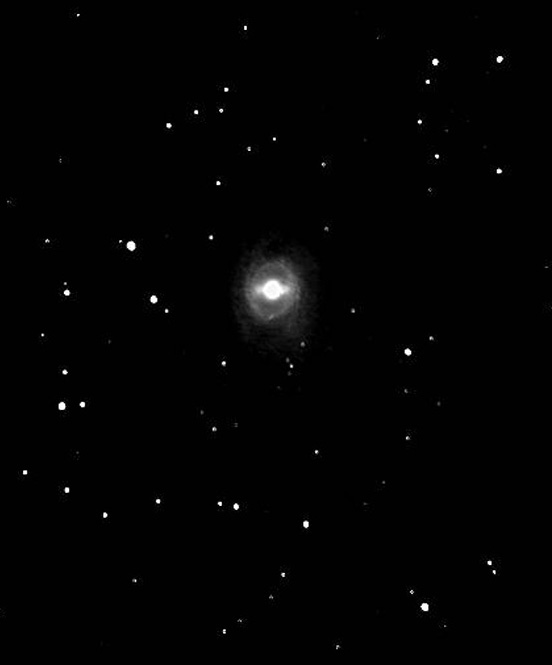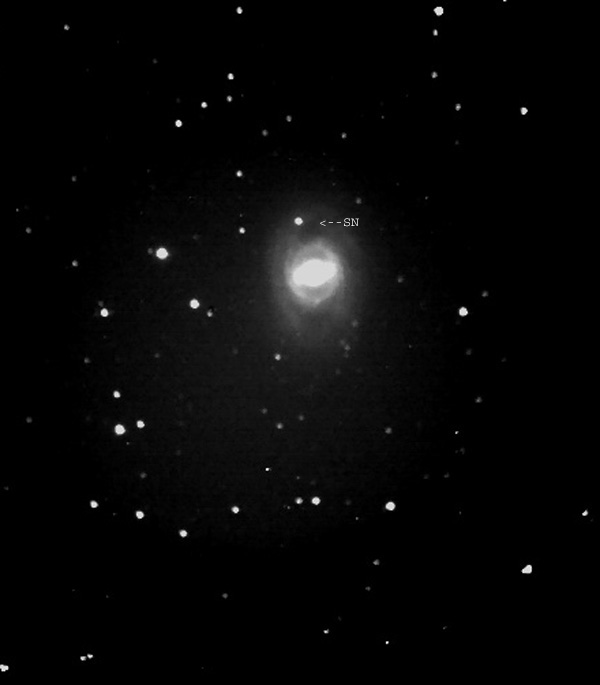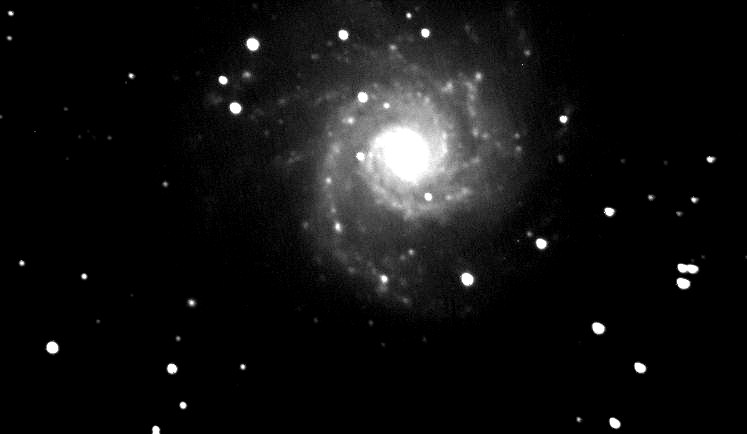SN 2012aw and SN2013aj
Supernova 2012aw: Italian observer Paolo Fagotti was the first to call attention to the possible 13th-magnitude supernova within the outer arm of the barred spiral galaxy M95 in Leo, on March 16.86 Universal Time. Although early reports quickly established that the star had brightened as much as six magnitudes in the previous three days, it was unclear if the star was a supernova or a cataclysmic variable star. If it had been the latter, the star could possibly have been in our own Milky Way galaxy. Spectral analysis soon revealed that the outburst was indeed a type-IIP supernova in M95. (The “P” means that the explosion’s brightness hits a “plateau” for several days before fading away.) It was assigned the designation SN 2012aw on March 20th, and appears about 2 arcminutes southwest of M95’s nucleus. I took the 'before' image below in February, 2012, and the one on the right showing the SN on March 22, 2012.
 |
 |
| Taken February, 2012 | Taken March 22, 2012 |
Supernova 2013aj: This explosion was first reported July 25, 2013, in M74, a face-on spiral galaxy in Pisces, by the Lick Observatory Supernova Search team. Spectra taken soon after the discovery show a blue continuum with distinct Balmer emission lines from hydrogen atoms that are typical of a young Type II supernova. This means the blast resulted when a single massive star collapsed inward onto its unstable core and exploded. M74 had been targeted more than once by the Hubble Space Telescope, and images taken in November 2003 and June 2005 appear to show the progenitor: a 25th-magnitude star that was particularly bright at near-infrared wavelengths and likely an M-type red supergiant before it destroyed itself. The Spitzer Space Telescope also showed a candidate star in the supernova's position that outshines our sun in the infrared by about 30,000 times.
 |
 |
| Image taken November, 2007 - 15 minutes exposure at F:3.5 | Image taken August 10, 2013 - 10 minutes exposure at F:7 |